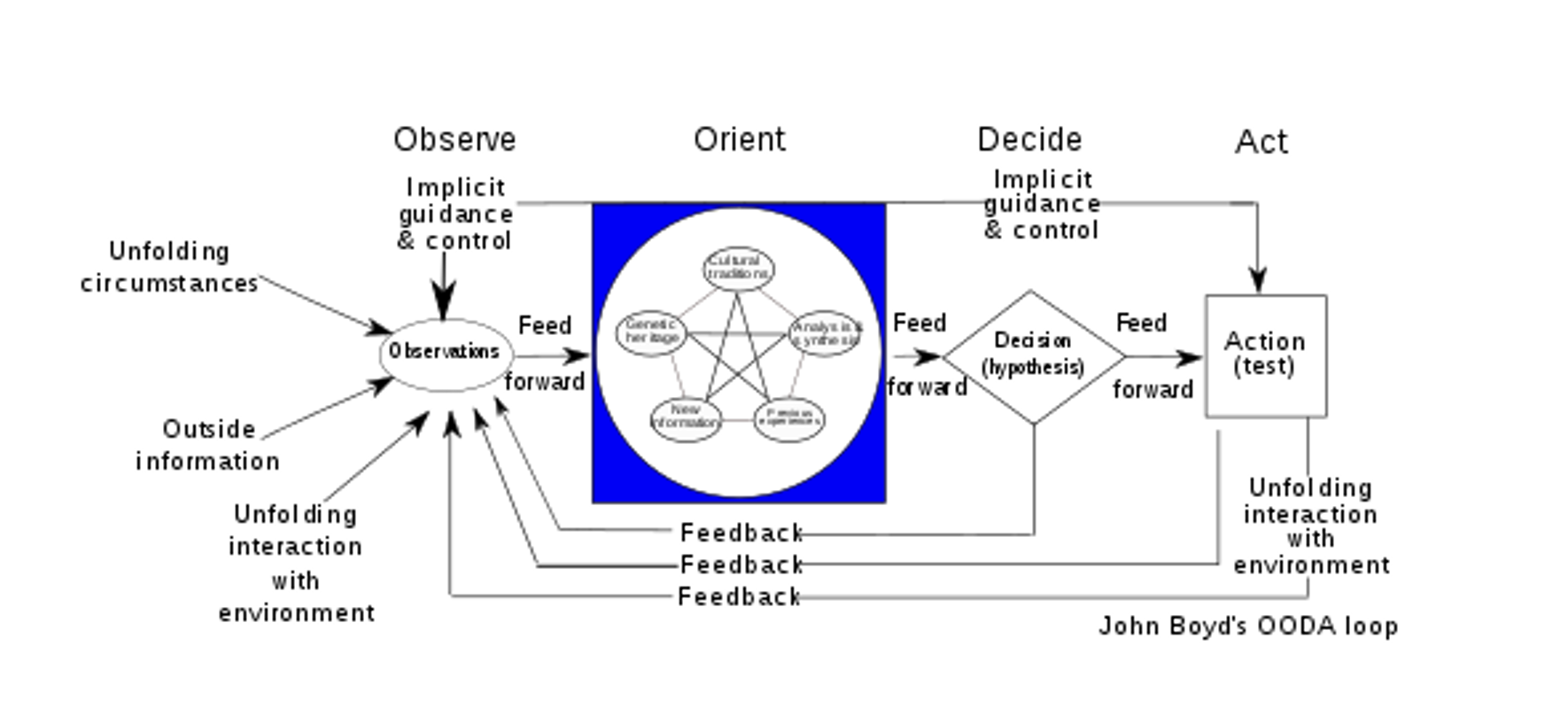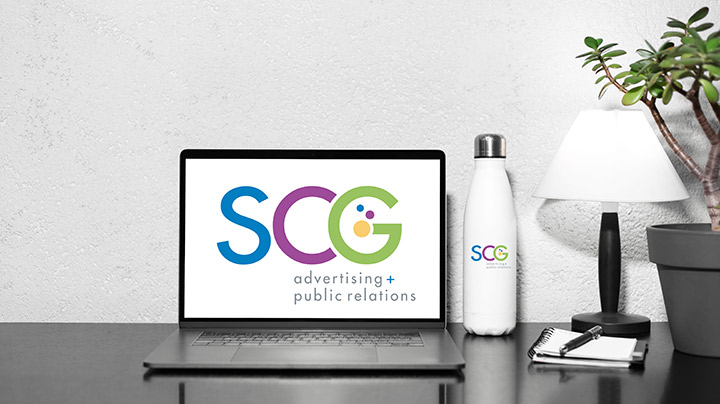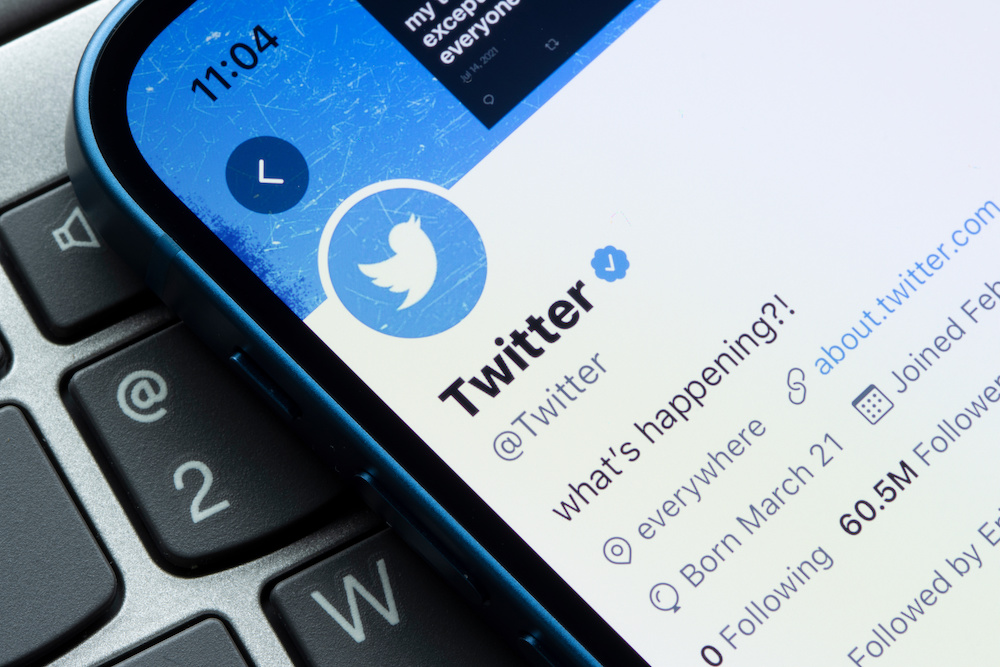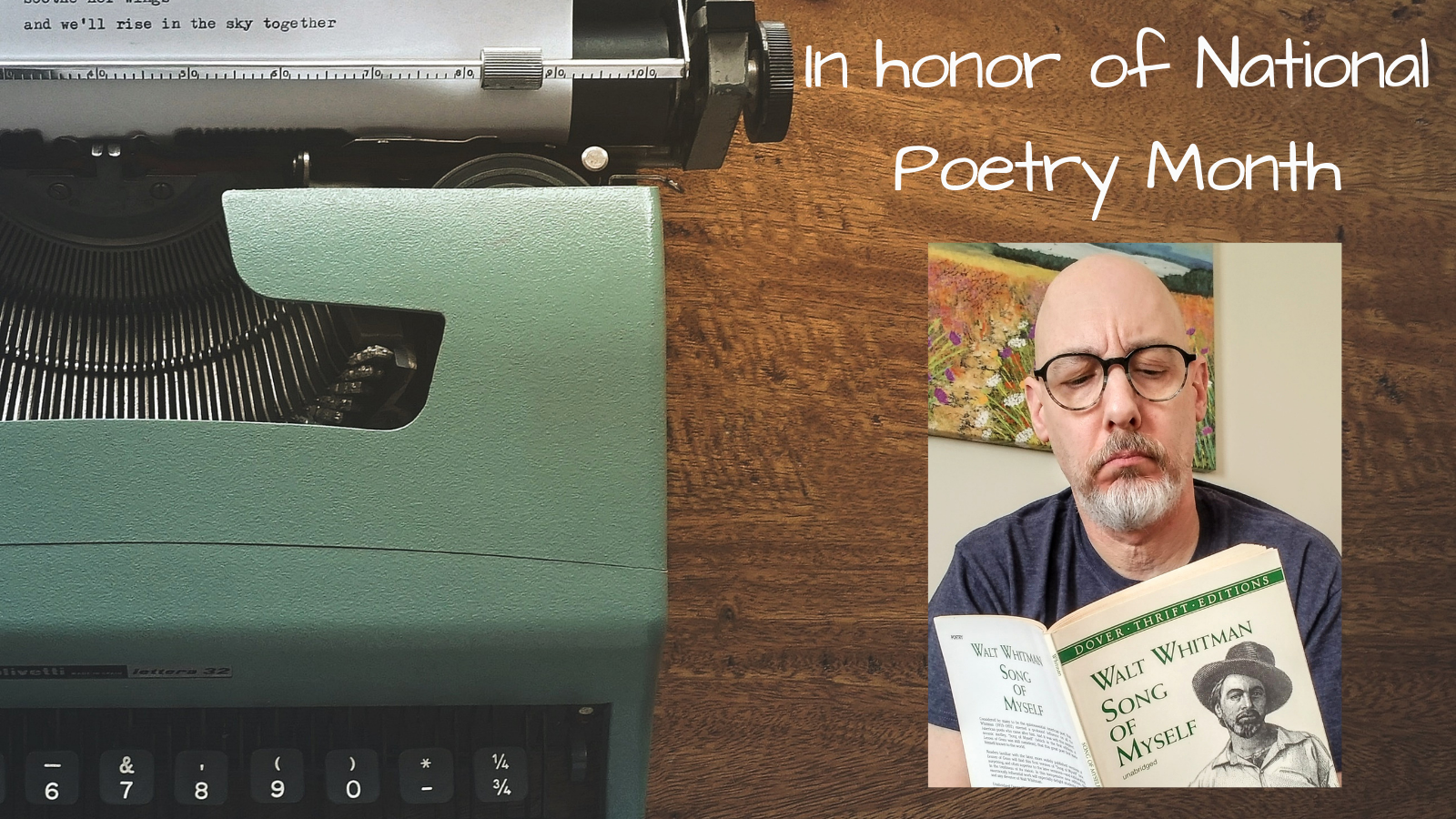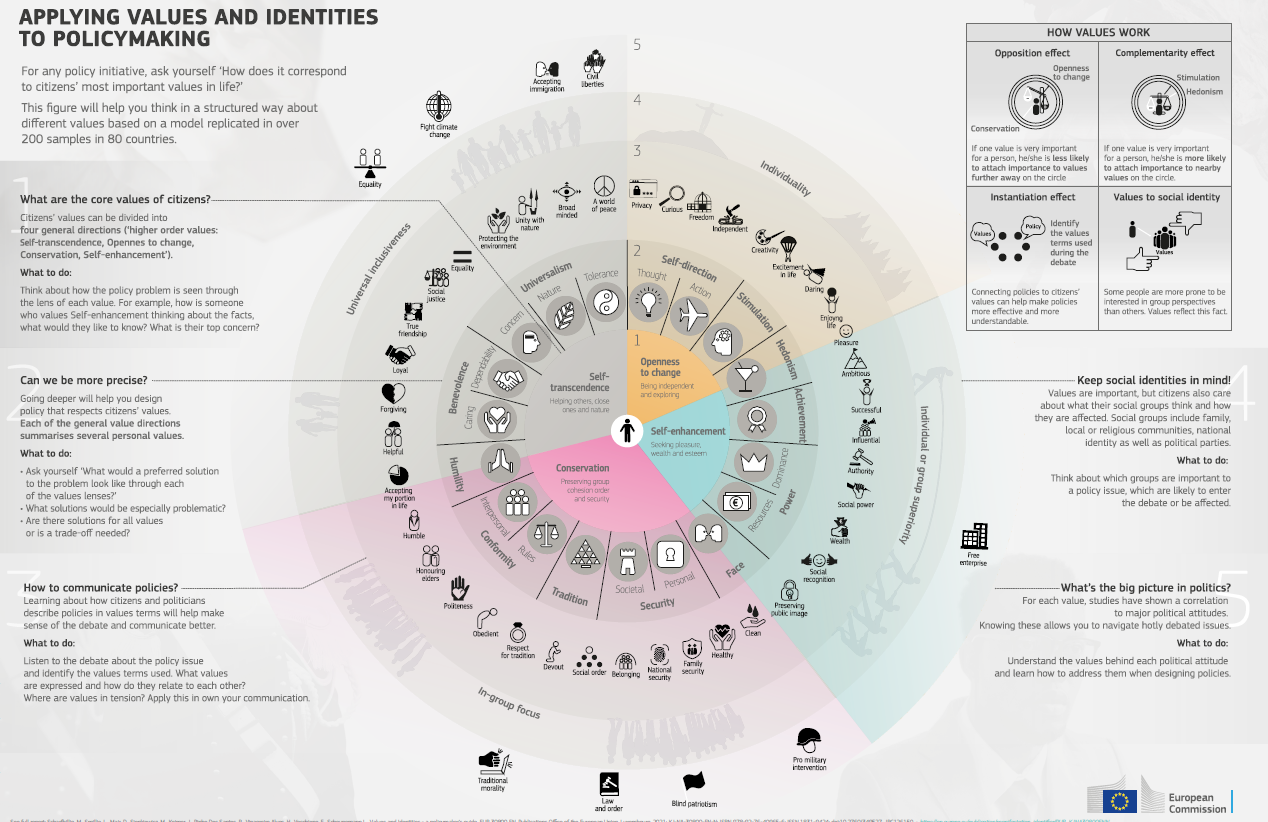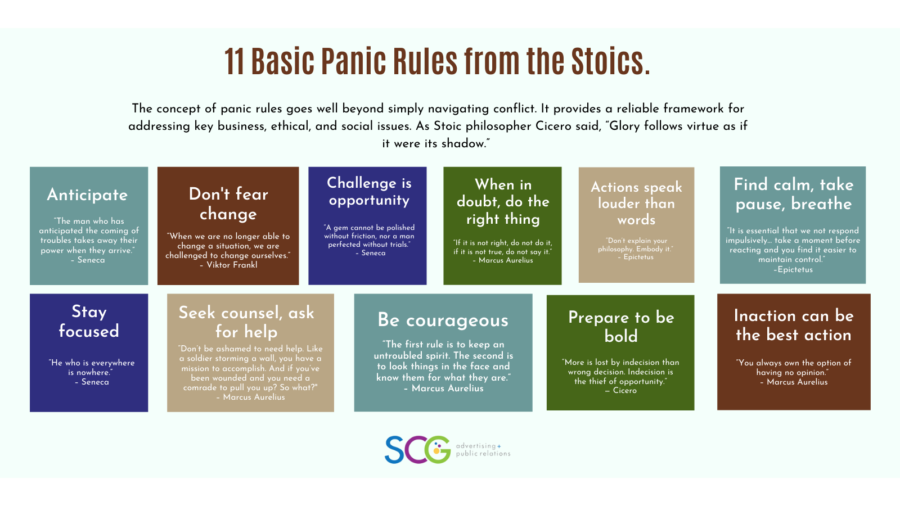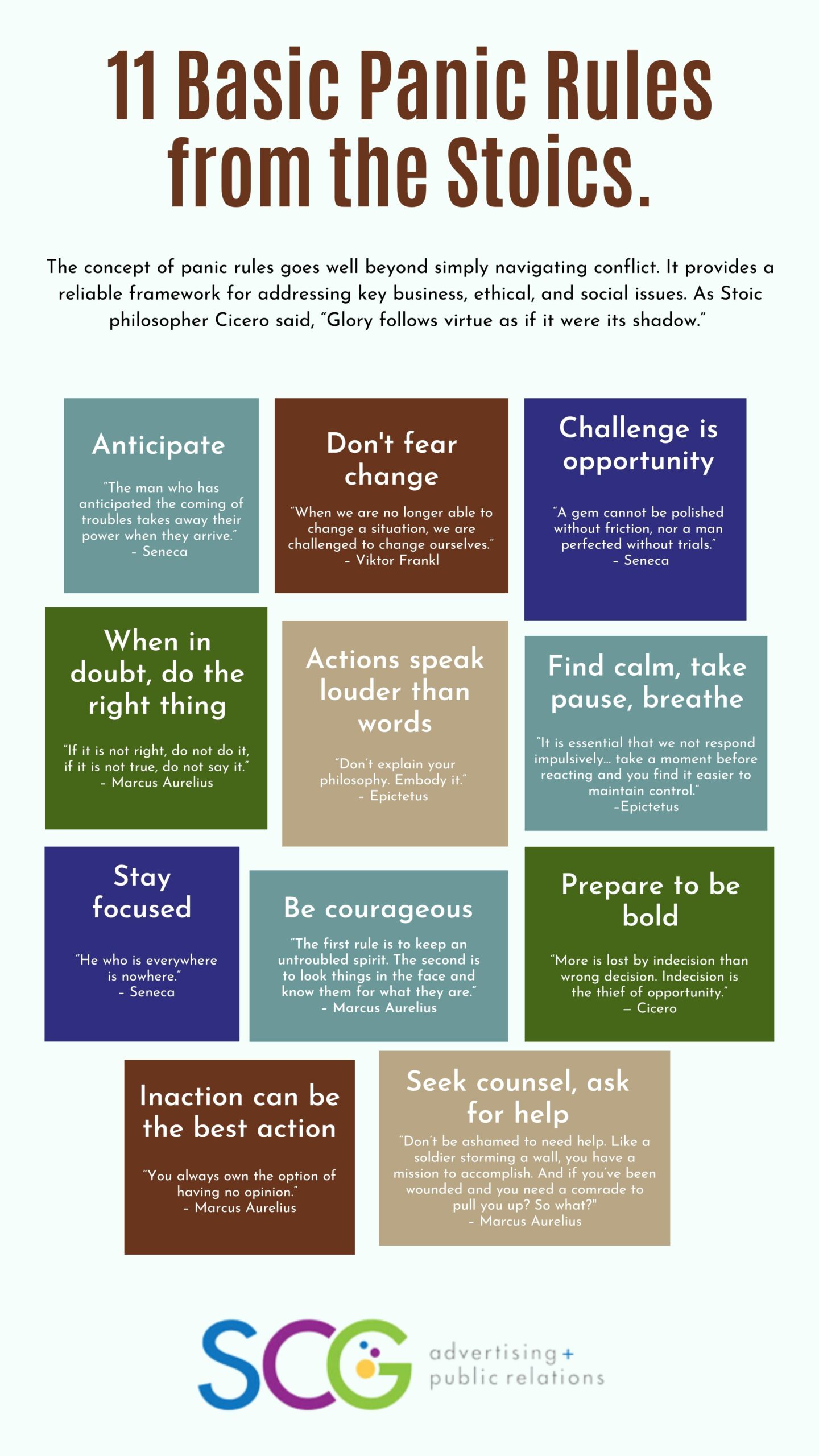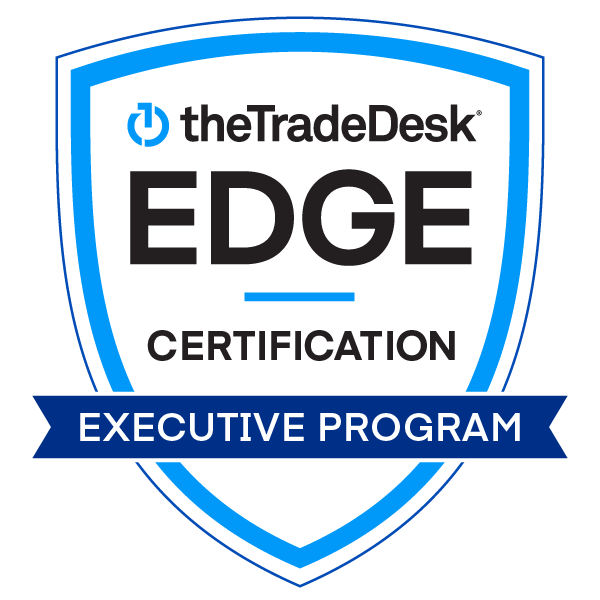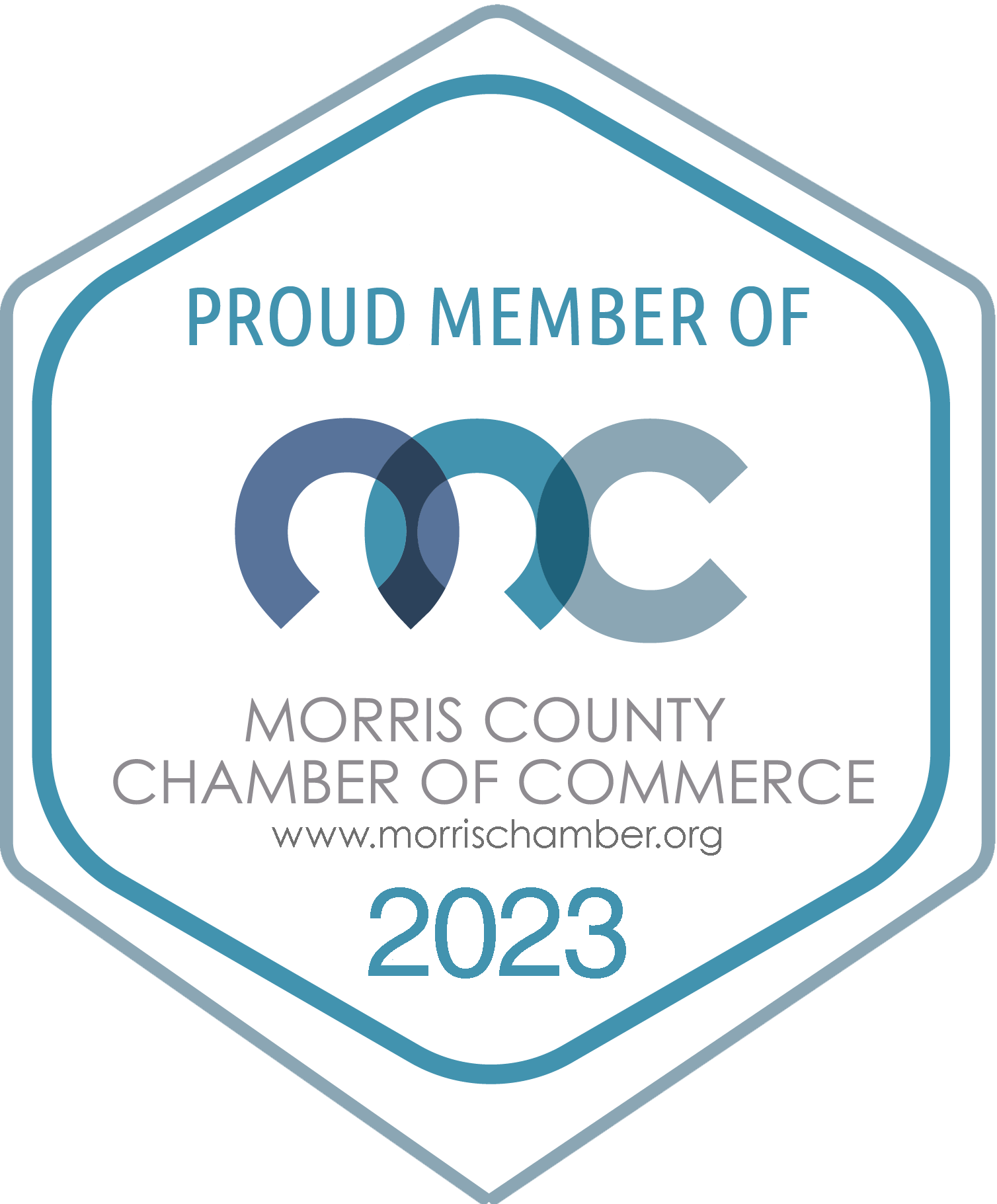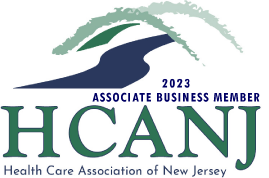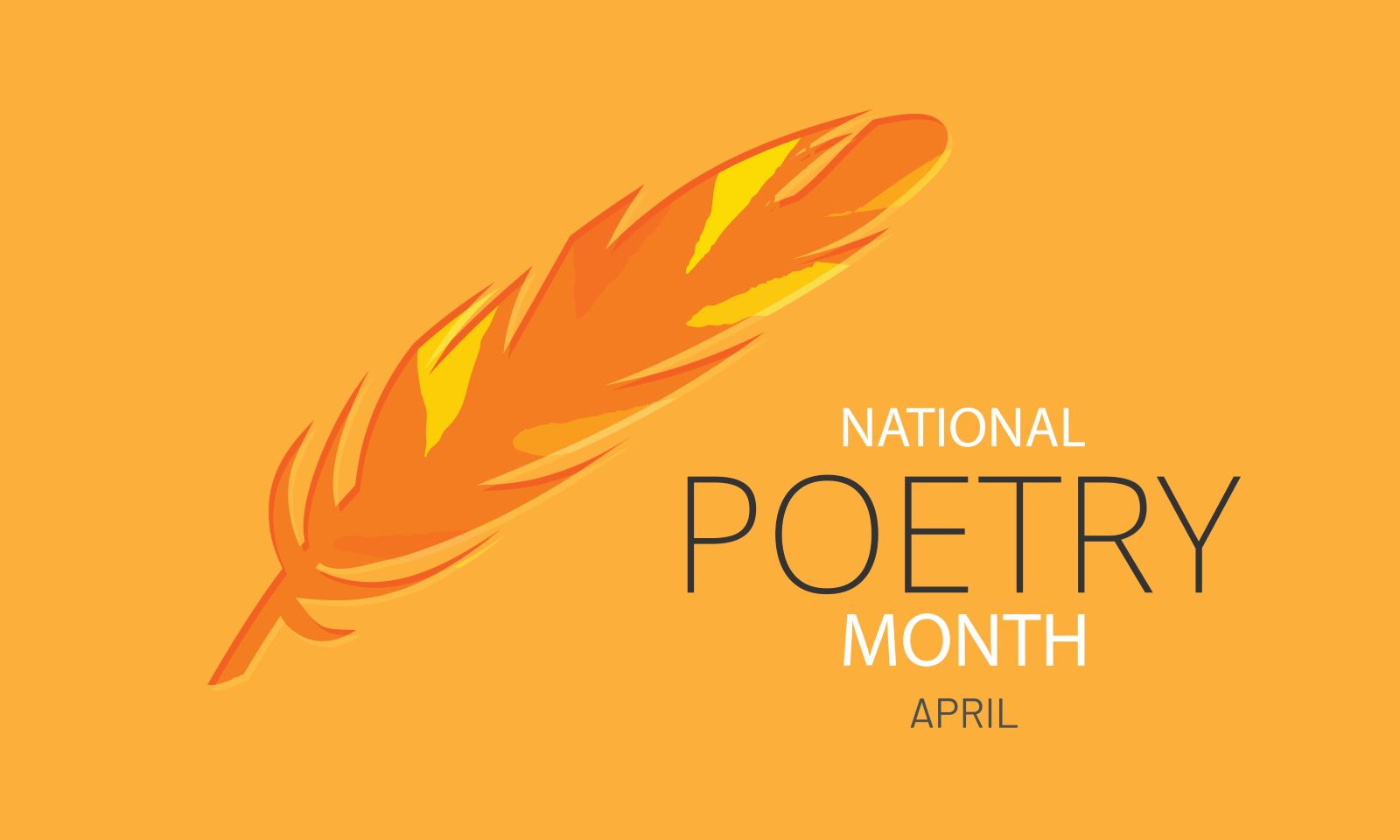
New Jersey-based writer Amiri Baraka said, “Poetry is music, and nothing but music. Words with musical emphasis.” For this year’s National Poetry Month – also known as “April” – we’re examining a key commonality between poetry and music.
For decades now, some popular musicians have focused as much attention on complete albums as on individual songs. A few of these – the Beatles’ Sgt. Pepper’s Lonely Hearts Club Band, NWA’s Straight Outta Compton, Nirvana’s Nevermind, and Amy Winehouse’s Back to Black come to mind – became signature creations, with levels of artistic and cultural influence that outstripped any of the included songs. With poetry, there have been books/collections with similarly huge impact. For the sake of clarity, we’re talking about groups of poems the poet intended would exist together and which were published during or soon after the poet’s lifetime. This is to differentiate from the type of “complete works” volume that’s essentially a publisher’s creation.
So, with that said, following are Lupe’s five favorite poetry collections.
- On Love, Charles Bukowski, 2015
- Rest in the Mourning, H. Sin, 2016
- Nothing Memorable Stays the Same, Kyle Fasel, 2018
- I Would Leave Me If I Could, Halsey, 2020
- Love By Night, SK Williams, 2021
“I tend to enjoy a lot of free verse poetry,” Lupe emphasized. “It makes me feel like I’m reading a journal entry because there’s little to no structure to what’s being written. For a lot of authors, it’s to their disadvantage to have lack of structure, but not these authors.”
In chronological order, Kurt’s list of his five favorite poetry collections – those from the past century, at least – is as follows:
- Death of a Natural Man, Dylan Thomas, 1938
- Montage of a Dream Deferred, Langston Hughes, 1951
- Howl and Other Poems, Allen Ginsberg, 1956
- Paterson, William Carlos Williams, 1946- ‘63
- Bless the Daughter Raised by a Voice in Her Head, Warsan Shire, 2022
“With poetry, I’m most intrigued by a work or works that broke figurative new ground,” Kurt explains. “I love the idea of a poet creating something that’s different in style or content – or both – than what’s been seen before.”
At SCG, we are – first and foremost – communicators. We exist and thrive in a realm of shared ideas, created visions, and directions changed. In a frequently black-and-white world, our expertise lies in countless shades of gray. And that’s why we so love brilliantly executed poetry.
By Lupe Dragon, Public Relations Specialist/Account Executive and Kurt Praschak, Vice President, Public Relations


